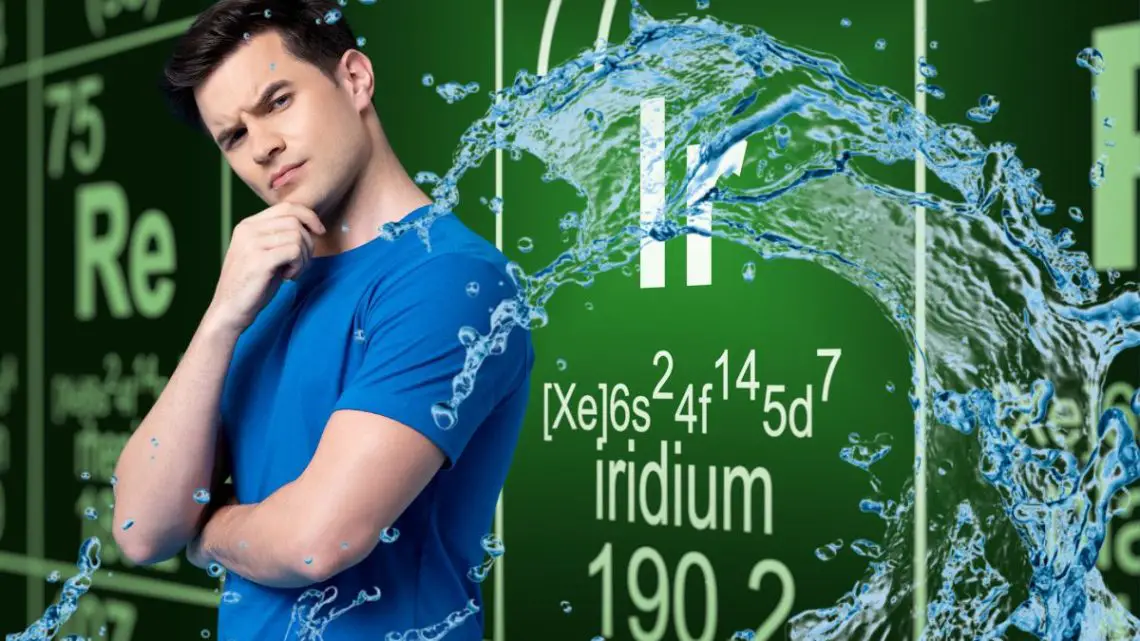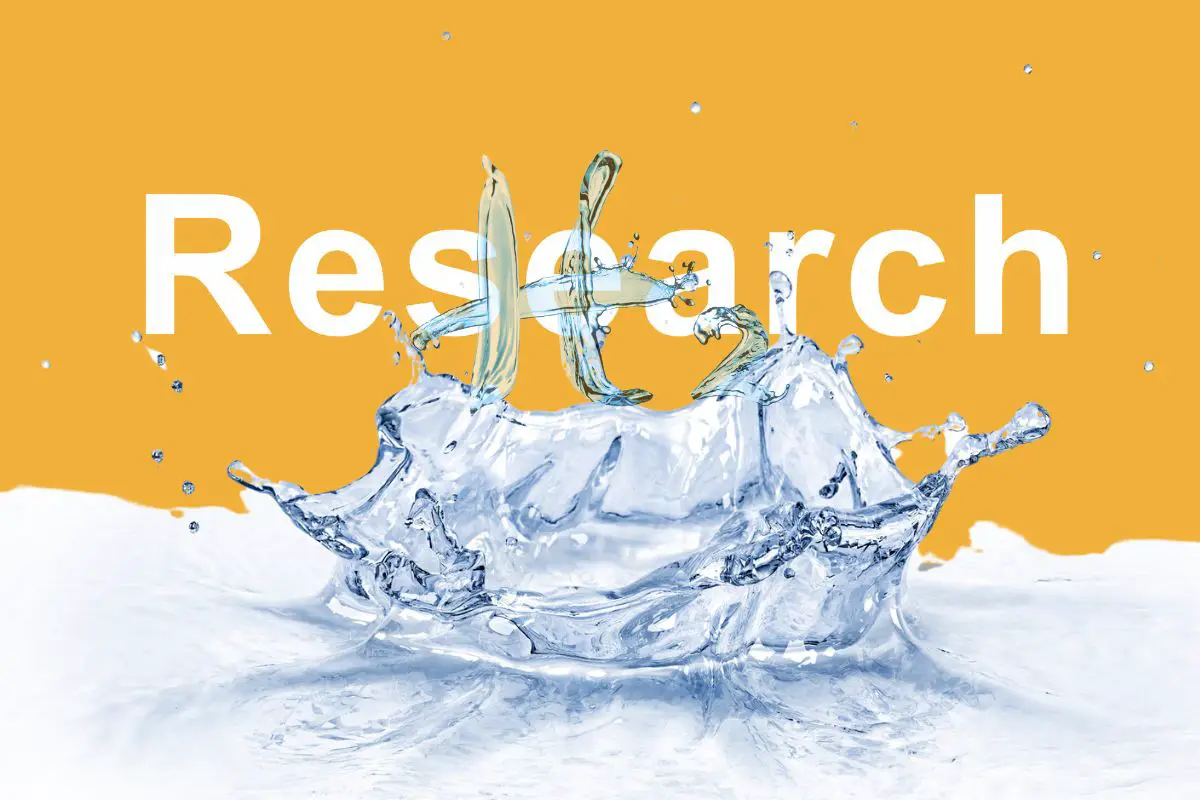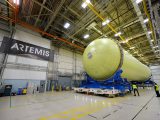
Is water the solution to the iridium challenge to feasible green hydrogen?
July 1, 2024The clean production process for H2 is just as important as the ability to use it cleanly
Dutch researchers from Radboud University and Eindhoven University of Technology have published a paper in the Nature Energy journal showing a new way to produce green hydrogen without the use of iridium.
Typically, renewable H2 involves water electrolysis
The paper was authored by researcher Kiane de Kleijne and described the importance of green hydrogen production that would result in a clean fuel that did not need to pollute the atmosphere with carbon dioxide and other greenhouse gases. This was because the most common form of H2 production currently involves the use of natural gas – a fossil fuel – and unabated carbon emissions.
Conventional clean H2 is made using renewable energy (such as solar and wind) to power proton-exchange-membrane (PEM) electrolyzers that split water molecules into hydrogen and oxygen, from which the H2 is collected to be used.
Among the challenges – and there are several – to that method is that the process requires iridium, which is one of a very small number of elements able to withstand the heavy acidity of the water molecule splitting environment. Iridium is a rare element – among the rarest metals in the world – so it is not only difficult to obtain at scale, but it is also very expensive.
Using common elements to produce green hydrogen through water electrolysis
Researchers in Spain from the Institute of Photonic Sciences (ICFO) paralleled the opinion that iridium was among the primary challenges to clean H2 at scale. They worked to create an anode catalyst using considerably less expensive and more readily available materials: cobalt and tungsten.

In order to provide the anode with protection against the degradation that results from exposure to the electrolysis process, they added water to the cobalt-tungsten oxide. Water is, after all, the substance in which it is intended to be submerged in the first place, in order for electrolysis to split the molecules.
Looking to the water
 “At the beginning of the project, we were intrigued about the potential role of water itself as the elephant in the room in water electrolysis,” said green hydrogen study author Ranit Ram. “No one before had actively tailored water and interfacial water in this way.”
“At the beginning of the project, we were intrigued about the potential role of water itself as the elephant in the room in water electrolysis,” said green hydrogen study author Ranit Ram. “No one before had actively tailored water and interfacial water in this way.”



 With over 15 years of reporting hydrogen news, we are your premier source for the latest updates and insights in hydrogen and renewable energy.
With over 15 years of reporting hydrogen news, we are your premier source for the latest updates and insights in hydrogen and renewable energy.
If we had funded this kind of research from the very start of our understanding of the Climate Crisis we would have passed all these stages of development years ago, and by now would have a fully-fledged Hydrogen Economy.
Heartfelt thanks to all those who are persevering and, little by little, overcoming all and any of the challenges this hoirney entails.
We believe in you, we have to, our children and grandchlidren’s lives depend on your success, amongst other scientists, engineers and technologists working on resolving the various issues on the way.
Ad Majora!